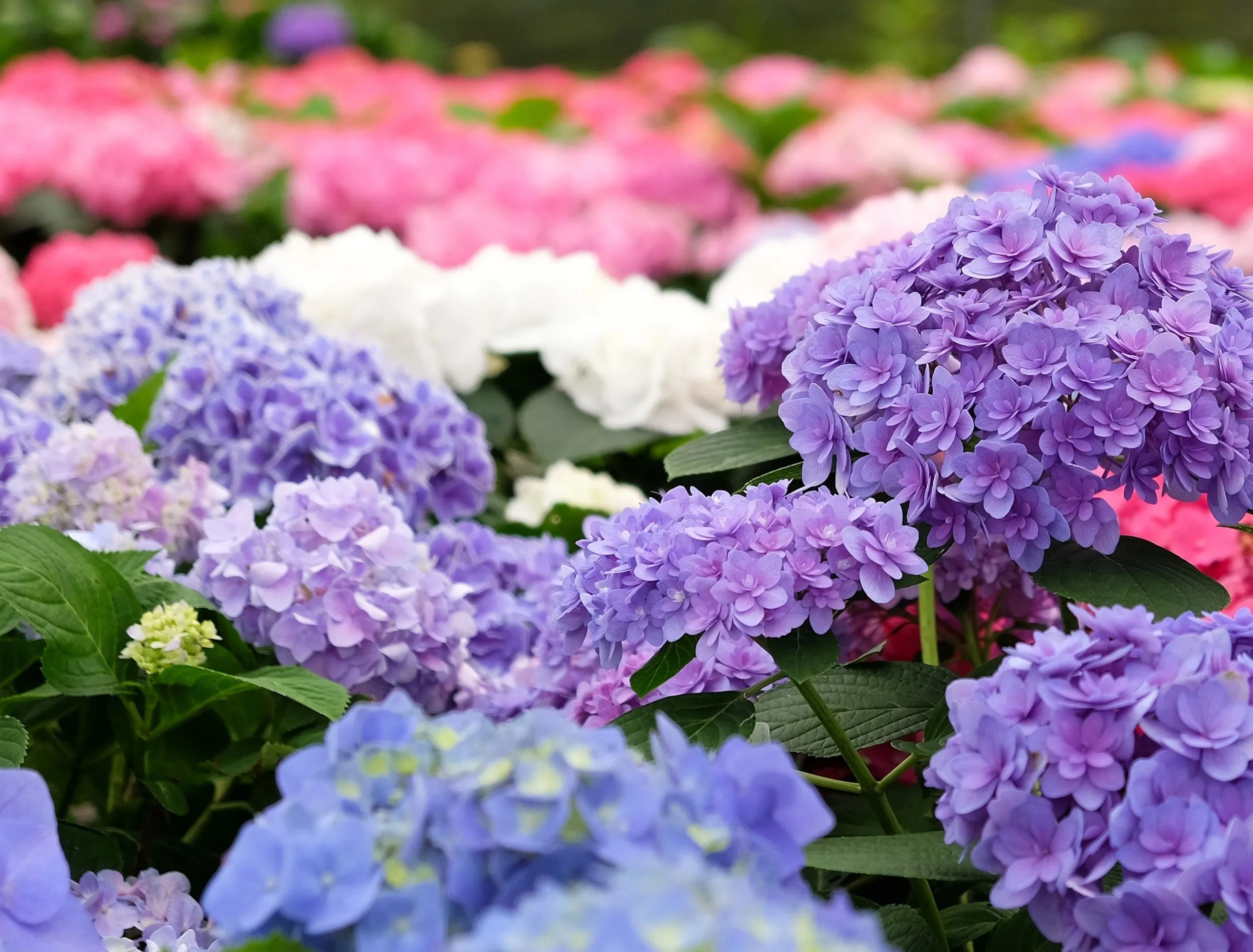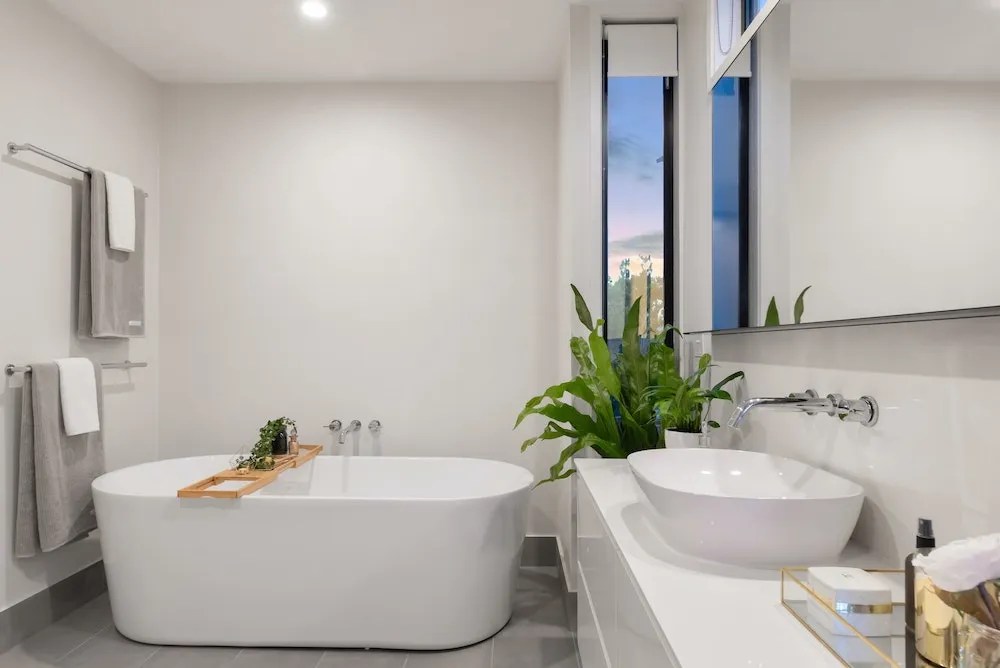Related
humidness is an crucial and sensitive environmental component for houseplants that can be difficult to control . This is because the changes in air temperature alter humidness levels . Plants invariably transpire through the open pores of your flora ’s leaves , contribute water vapor into the air .
When it ’s fabulously humid your works ’s water consumption will be super slow even if its pores are candid , thus lowering nutrient uptake . When the humidness is low , your plant will close its stoma to keep down water deprivation and wilting . regrettably , this hinders photosynthesis , which in turn slows works development .
Learn how to increase humidness for your houseplants and the best practices to keep in head when worry for your industrial plant .

8 Ways To Increase Humidity For Your Houseplants
Many houseplant prefer a relative humidness of around 40 to 50 percent , but during stale months , many domicile have a humidness level of 10 to 20 percent . Here are some practical ways to increase relative humidity for optimum industrial plant growth .
1. Make Bathroom Buddies With Your Plants
simulacrum credits : Steven Ungermann via Unsplash
Bathrooms are often fantastic locating for houseplants and plant that requireideal humidity levelsto thrive . The humidity level in the bathroom is exceptionally in high spirits , and you could lour it by reach the bathroom window or switching on the extractor lover .
Apart from humidity , your industrial plant rest unclouded , and the ground remains moist in the bathroom because when someone use the lavatory , they occasionally spatter pee that ’s hold fast to achieve your flora . Your bathroom ’s moisture will vaporise slowly , giving your plant life plentiful meter to bask in the glory of protract humidness levels .

Pro - Tip : Keep the size of your toilet in psyche because you would n’t need to herd it with plants that could potentially pay for cuss and insect .
2. Group Your Plants
mental image credit : vadim kaipov via Unsplash
plant transpire , so when you aggroup them , the overall transpiration is mellow , increasing humidity levels naturally . Group plants together if you have enough space or a assign room , so they immingle with your home ’s overall aspect and feel .
Remember , you will attain high humidness story only when they ’re put together as a group , not if they ’re place differently in the same elbow room . One of the mostcommon houseplant mistakesis not get laid where to place your plants . Do n’t place them too near to heating vents or windows in the winter .

Pro peak : If you or someone you know suffers from asthma , allergies , teetotal skin , or respiratory illnesses , high humidity can exasperate things . High humidness horizontal surface can also damage your home base ’s anatomical structure and furnishings . consider your options before attempting to increase humidness levels !
3. Use a Humidifier
Image Credit : HomeGets via Creative Commons
Investing in anelectric humidifieris the easy and most convenient way to raise the humidness storey for your houseplants . All you have to do is turn on the humidifier and rent it take care of your plant ’s humidity requirement .
That said , humidifiers can go through a pregnant amount of energy over a long period of time so regard combining this method acting with a non - electrical choice to keep your energy broadsheet low-down .

4. Use Pebble Trays
prototype Credit : Lakeisha Ethans for Backyard Boss
If you survive in hotter and juiceless climates , aim your pot on a pebble tray is a bare mode to increase humidness . The pebble will help maintain quad between the base of your bay window and the plateful , so your plant ’s roots do n’t experience besotted feet . ascertain the container is at least an column inch deep to prevent the body of water from vaporise too promptly .
To make this workplace , foot your 1 - in deep home or tray , satisfy it with equal - sized pebble , and just enough water to hand the base of the pebble . Now send your houseplant heap on the tray , and remark :

The pebble tray will have little to no effect on the humidness grade throughout the rest of your sign ; however , it will increase humidity around your industrial plant . The biggest drawback of pebble trays is that you ’ll always discover a pool of standing water surrounding your houseplant .
stand H2O can make your plants more susceptible to bacterial or fungal illness , and it might also once in a while draw pests . To forestall this , sporty and refill the tray whenever the water supply level reduces .
5. Design a Terrarium
Image credits : Nielsen Ramon via Unsplash
Terrariumshave gained much popularity in recent years , and for a dear rationality . These fascinating glass envelopment can be go forth undecided or closed and offer mild to super high humidity stage within their individual micro - climate .
Although not all houseplants thrive in terrariums , somelow - care plantswill appreciate the restrained to high humidness level because the melodic line inside the terrarium will almost be completely saturate with body of water vapor .

6. The Two-Pot Method
Image credits : Clark Street Mercantile via Unsplash
The two - pot method is a subtle means to raise humidity levels for a individual houseplant without sacrificing the plant ’s appearance or position . Take a pot one or two size big than your houseplant ’s current sens . Place your houseplant sess inside the big pot .
Fill the gaps between the two flock with pre - moistened bog moss peat moss . Over a few days , as the moss dry out out , it will release water vapour into the air around your plants .

Do n’t let H2O accumulate at the foundation of the outer pot because this could make root rot . control your inner and out hatful have drainage golf hole to quash weewee accumulation . Spray the moss with piss when it dries out .
7. Compostable Plastic Coverings
Image credits : Anna Sadovskaia via Shutterstock
When you overlay your houseplant with compostable plastic cup of tea or bottles , you help protect them from diseases , pests , and frost . You also aid create a humid environment for them . To do this , place a pair of sturdy wooden interest ( larger than your houseplant ) around your plant life . Then place a large , vaporous , and compostable plastic dish over your works .
The wooden stakes will ensure the bag will appease in place and not choke your plant life . Ensure you use clear compostable bags so you’re able to see extra contraction collecting on the inside of the bag . When you acknowledge condensation , take the bagful , hang it dry , and let your plant receive some atomic number 8 .

Note : In cold temperatures , you may breed your plant life to create a impermanent greenhouse effect , but in warmer temperatures , if you cover your plant with shaping base or bottles , move them out from lineal sunlight . The temperatures inside the plastic bag will increase dramatically if your plant is under direct sunlight , which can cause it to droop , dry , and go .
Pro top : attempt to use compostable moldable bags instead of degradable and biodegradable unity . This is because compostable bags are made from industrial plant starch and do n’t produce toxic chemicals .
8. Dry Your Clothes in the Same Room as Your Houseplants
look-alike acknowledgment : Ksenia Chernaya Mercantile via Pexels
Wet laundry can serve produce humid conditions for your houseplant . All you need to do is set up a dry rack near your plants or move them to where you dry your apparel . Wet clothes discharge wet into the zephyr ; if your window are semi - overt , they ’ll increase your room ’s humidity levels .
take down : Drying clothes indoors and increasing humidity is great for plants , but it can damage your way ’s wall , flooring , and furnishings and create a favorable environment for dust mites , mold , and allergens .

Filled With Humidity
in general , humidness is all important for houseplants because it hold open their pore open for photosynthesis . Photosynthesis wo n’t happen if your plant ’s pore are totally closed ; without photosynthesis , your works wo n’t grow . Although some plant life live restrained to low humidity levels , others prefer high humidness to thrive .
Leave your experience , thoughts , and head in the remark section , and as always , please share !
felicitous horticulture !


